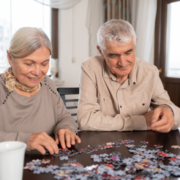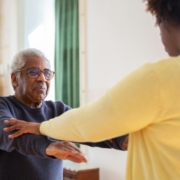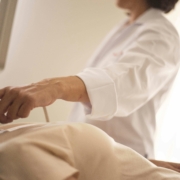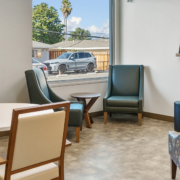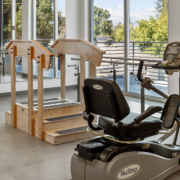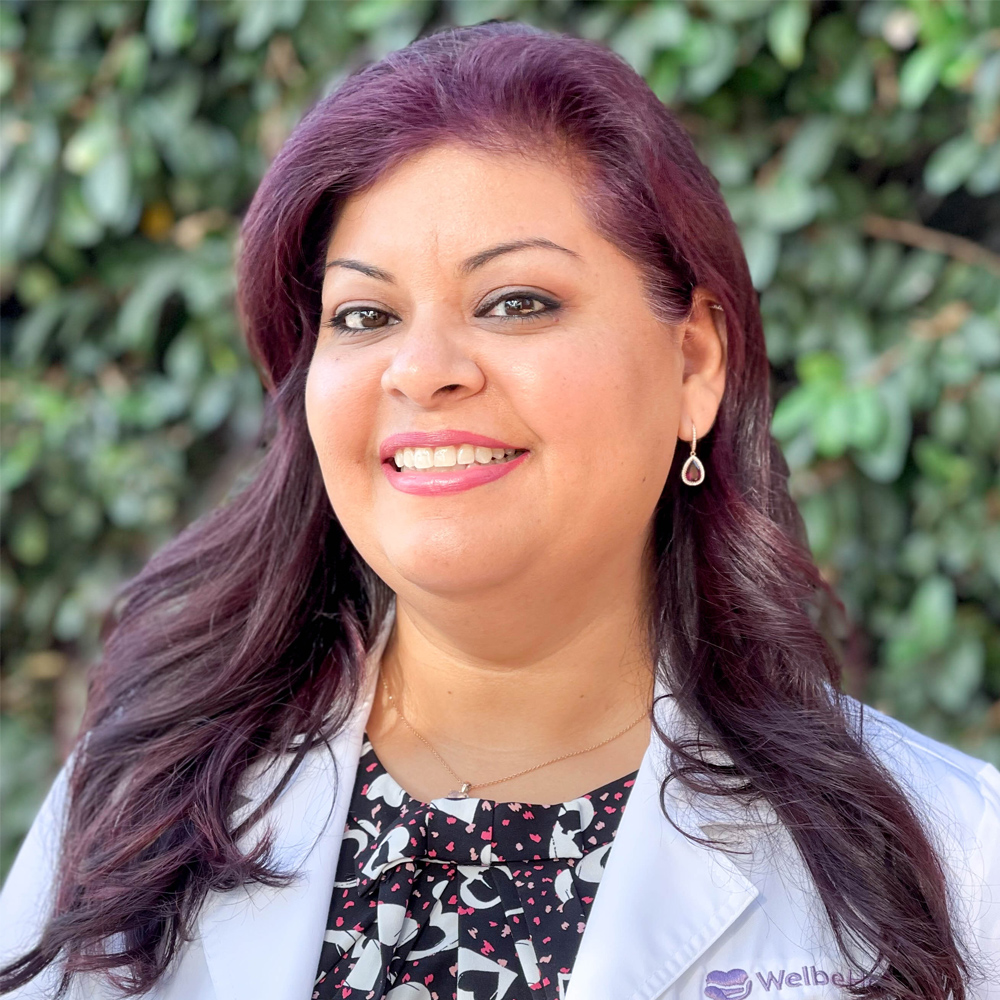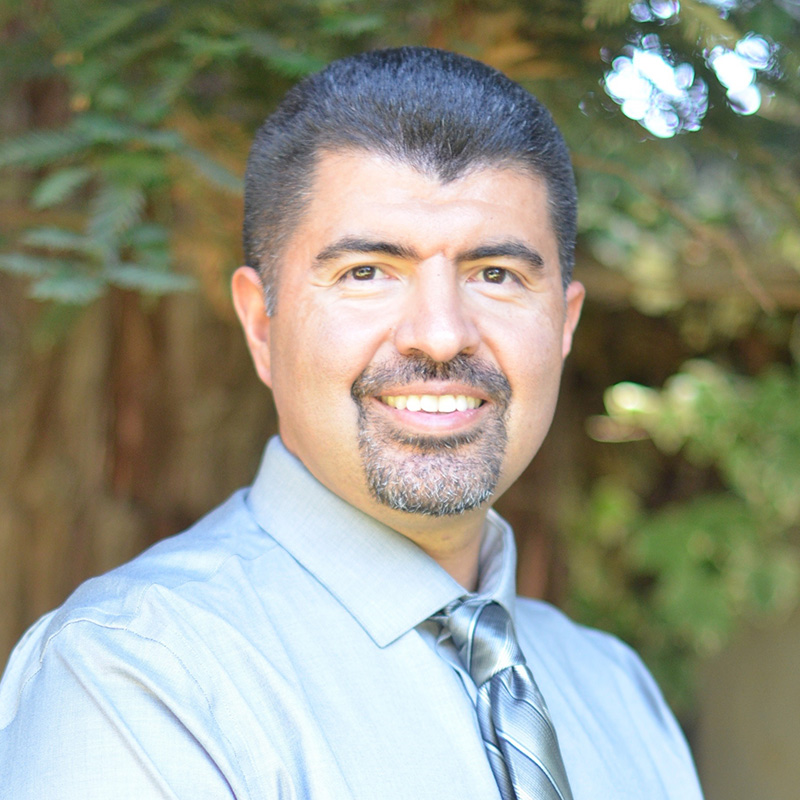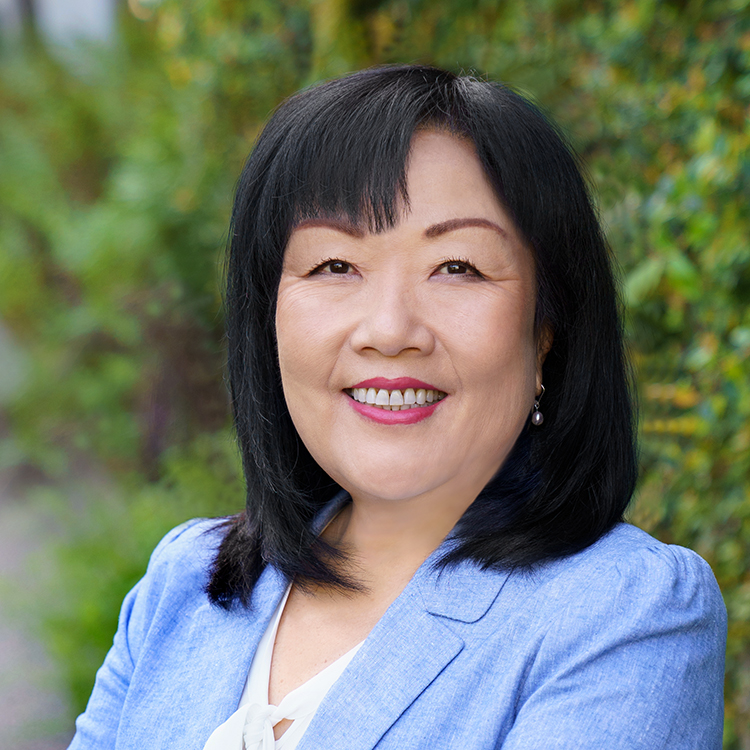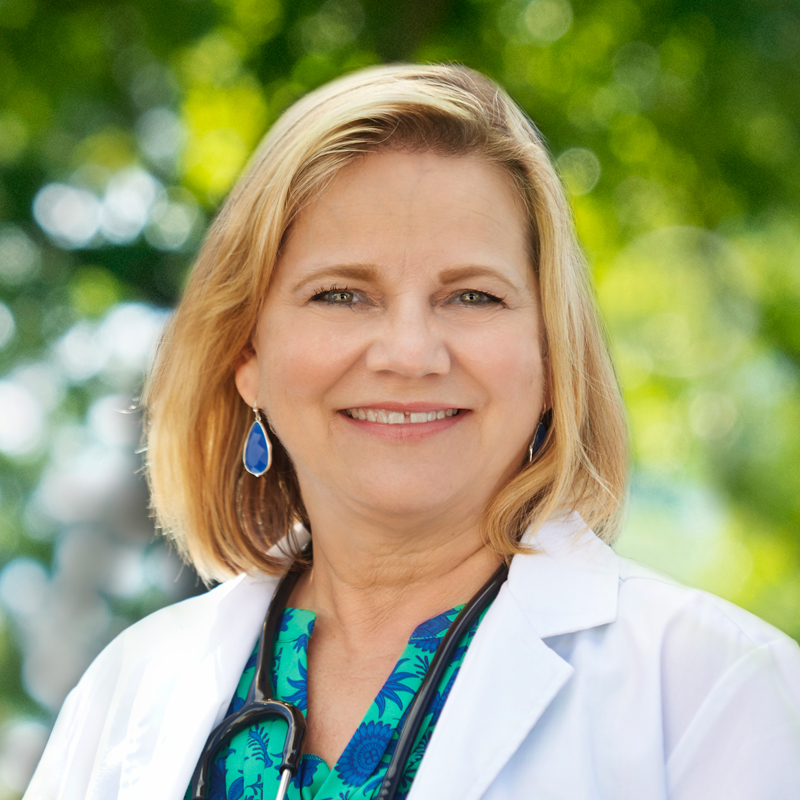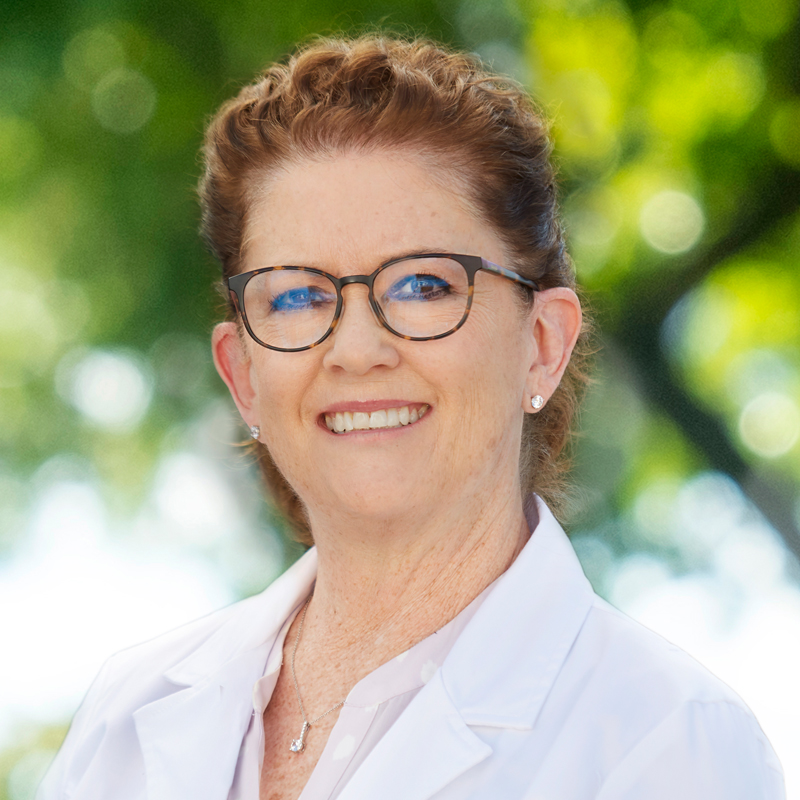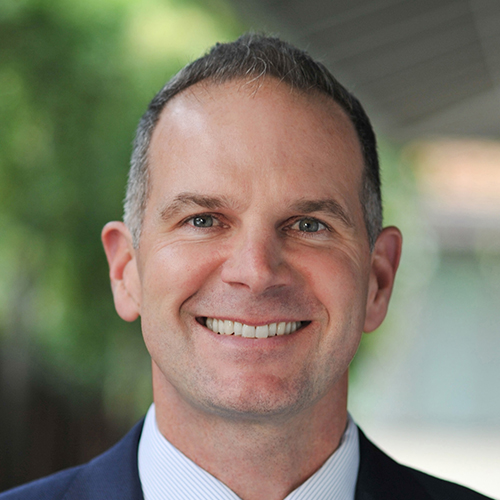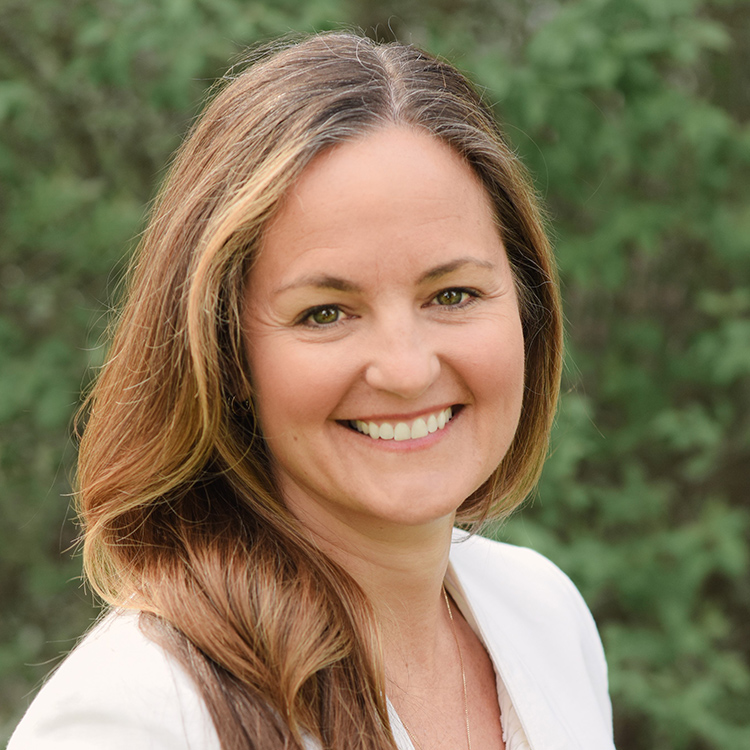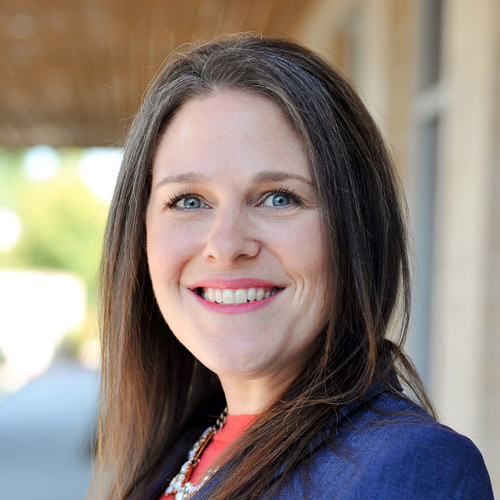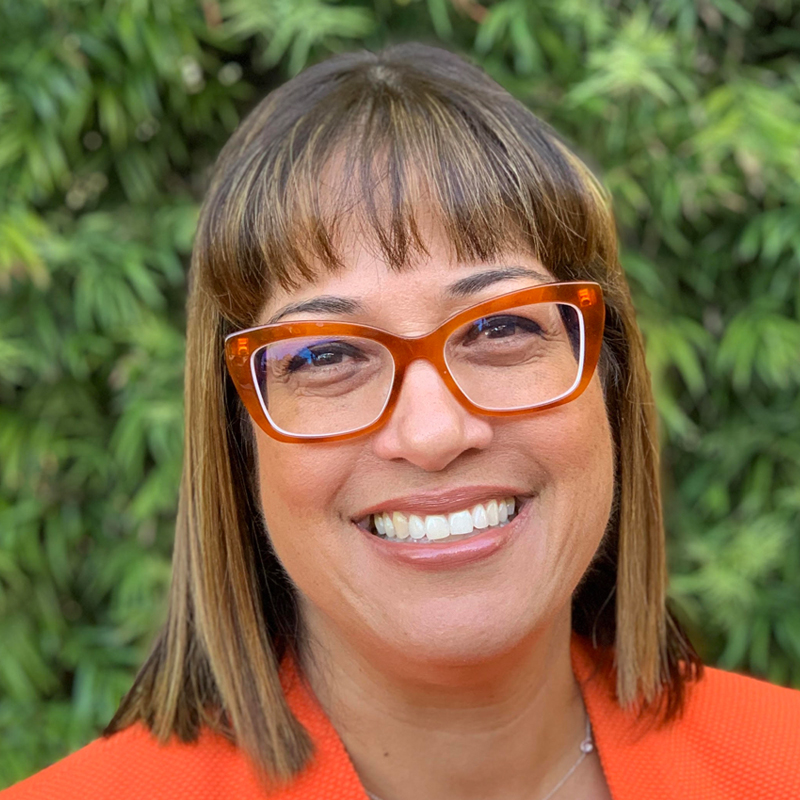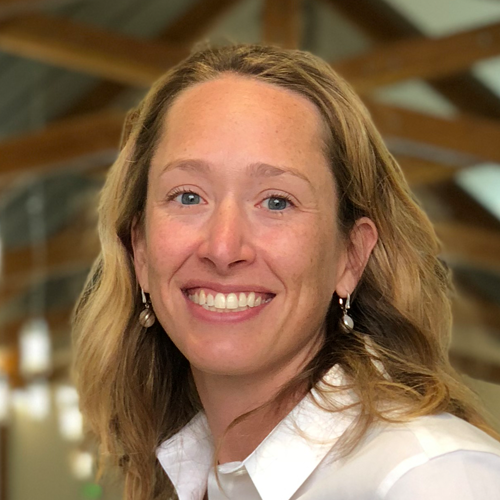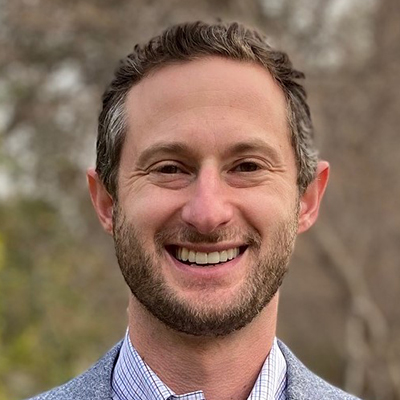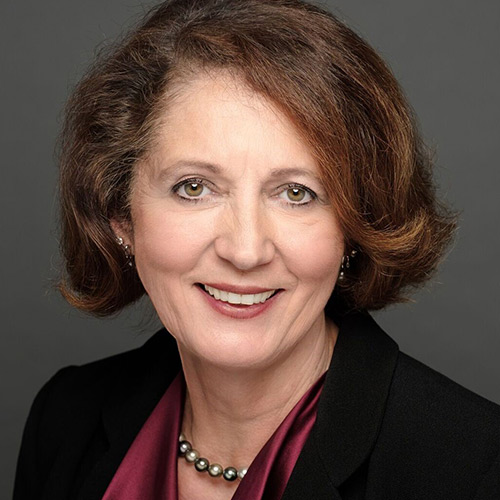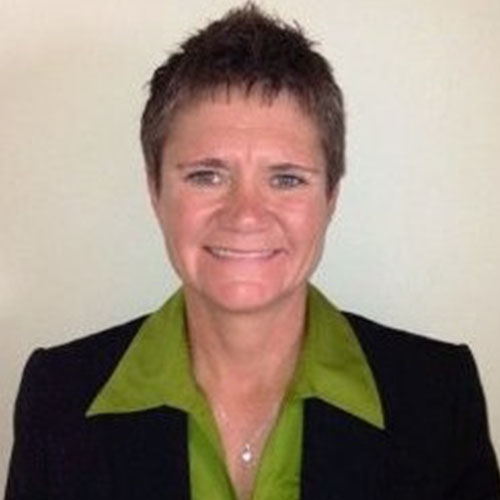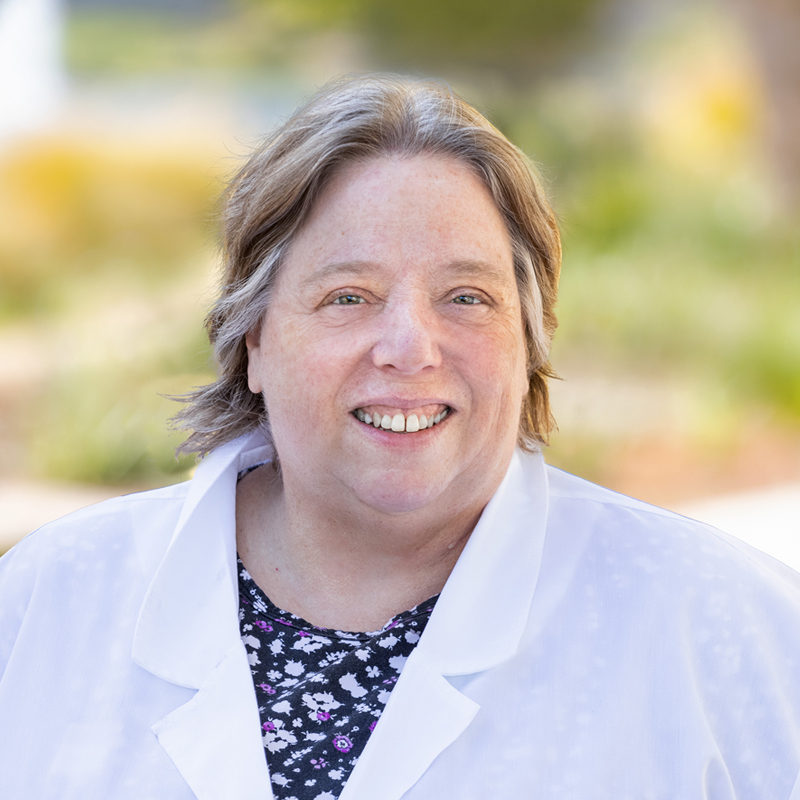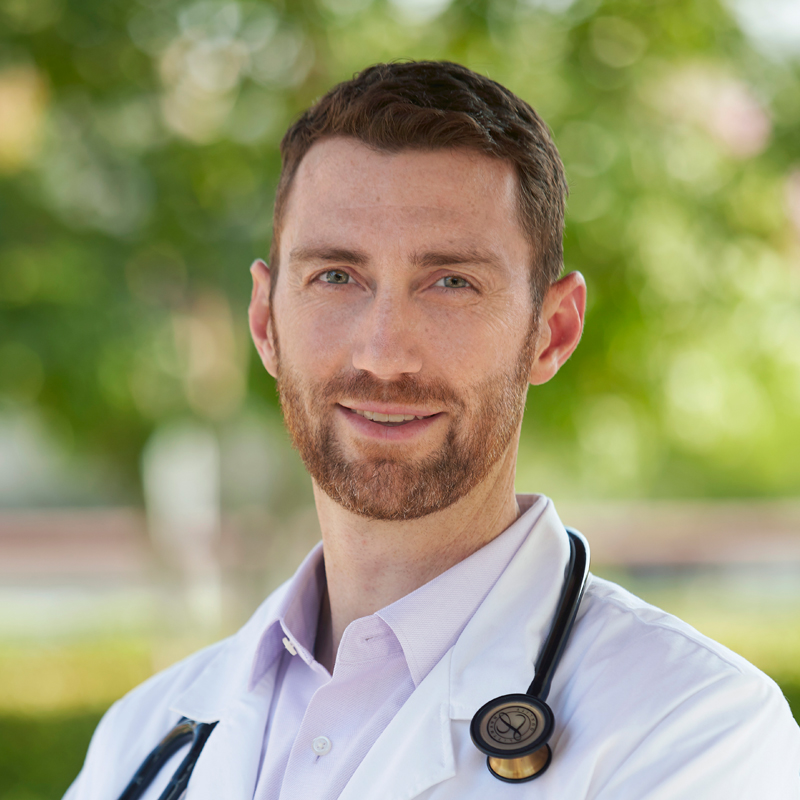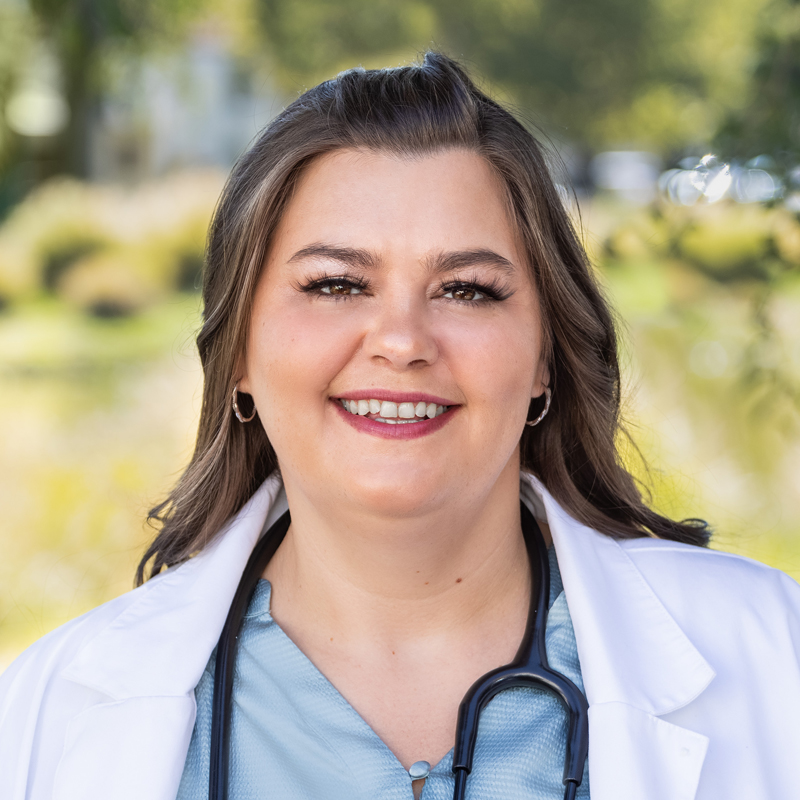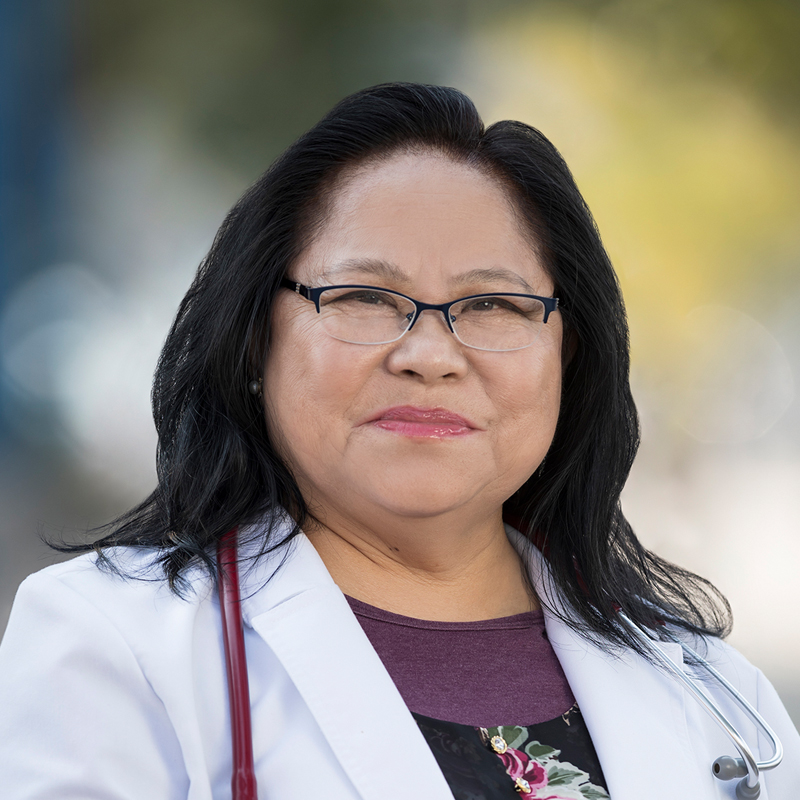Staying Sharp: Everyday Cognitive Exercises for Seniors
As we age, staying sharp and keeping our brain in top shape becomes more important. Cognitive exercises are a bit like a workout for your brain — they keep the mental muscles flexible and strong. This is extra important for seniors who, all too often, do not have the same level of daily mental stimulation they enjoyed in their working years.
Here’s a list of easy and enjoyable daily cognitive exercises specific for seniors. These activities not only help keep the brain active but also provide a sense of accomplishment and joy. Engaging in such exercises can benefit cognitive functions, memory, processing speed, and could even reduce the risk of cognitive decline.
1. Puzzle Mania
Puzzles are an excellent way for seniors to improve their cognitive skills. Jigsaw puzzles, sudoku, crosswords, and word searches are all fantastic for stimulating problem-solving and logic. Here are a few specific ideas to get started:
- Jigsaw Puzzles: These exercises in spatial awareness and pattern recognition can be done alone or with a friend, making them great for alone time or social bonding.
- Sudoku and Crosswords: These numerical and linguistic puzzles challenge different parts of the brain and can be found in newspapers or books, providing a daily activity that’s as engaging as it is portable.
- Word Search: A word search puzzle can be a fun way to improve cognitive functions related to language processing and attention to detail.
2. Learn Something New
Continuous learning is key to keeping the brain agile, and it’s never too late to pick up a new hobby or skill. For seniors, this could be learning a new language, mastering a musical instrument, or taking up a craft like knitting or woodworking.
- Language Learning: Online language apps offer courses specific for all ages, giving bite-sized lessons that can be done at your own pace.
- Music Lessons: Learning to play a new instrument not only exercises the memory and spatial-temporal skills, but it’s also a wonderful way to express creativity.
- Crafting: Hobbies like knitting and woodworking involve complex, multistep processes that keep the mind focused and engaged.
3. Memory March
Engaging in a daily activity that requires memorization can significantly enhance cognitive abilities, specifically memory and recall.
- Memorize a Poem or Speech: Select a favorite piece or a short, inspiring speech and try to commit it to memory, repeating it daily to strengthen your retention.
- Recall a Day’s Schedule: Try to remember the day’s activities and appointments without looking at your calendar. This is a practical way to sharpen your short-term memory.
- Remembering Names: Practice associating names with faces and objects to improve recall in social settings, a small but useful exercise that pays dividends in real-world situations.
4. Stay Social
Fostering social connections is a cognitive exercise often overlooked. Having a deep conversation and keeping relationships can help prevent loneliness and keep quick thinking at its best.
- Senior Centers and Community Groups: Joining a local group or activity can provide a daily dose of social interaction.
- Networking Online: Social media platforms can be used in a positive, moderated way to keep in touch with family and friends or to connect with like-minded people across the globe.
- Volunteering: Becoming a volunteer gives you a big sense of purpose and gives you more social opportunities.
5. Mindfulness and Meditation
Mental exercises focused on mindfulness and meditation have been associated with positive cognitive outcomes, specific to attention and focus.
- Daily Reflection: Take a few minutes each day to sit quietly and reflect, considering thoughts and feelings without judgment, simply observing them.
- Guided Meditation: Use apps or audio recordings to guide you through meditation sessions specific to seniors, incorporating calming breathwork.
- Yoga: Practicing yoga can be a form of moving meditation and offers the added benefit of physical exercise, which is also crucial for overall cognitive health.
By adding these cognitive exercises into your daily routine, you can work ahead of time to keep and even improve your mental sharpness as you age. It’s never too late to start, and there are many benefits, leading to a a happier and improved life.
WelbeHealth provides full-service healthcare and personalized support to help you age well at home and in your community. Our Program of All-Inclusive Care for the Elderly (PACE) meets the changing needs of seniors, often at no cost. Here you are supported by a dedicated team that coordinates all your care needs. With access to highly skilled doctors, dentists, home care, physical therapy and much more, you are able to live a healthier, happier you. To learn if you qualify, visit our contact page or, call us directly at (888) 530-4415 | TTY 711.

